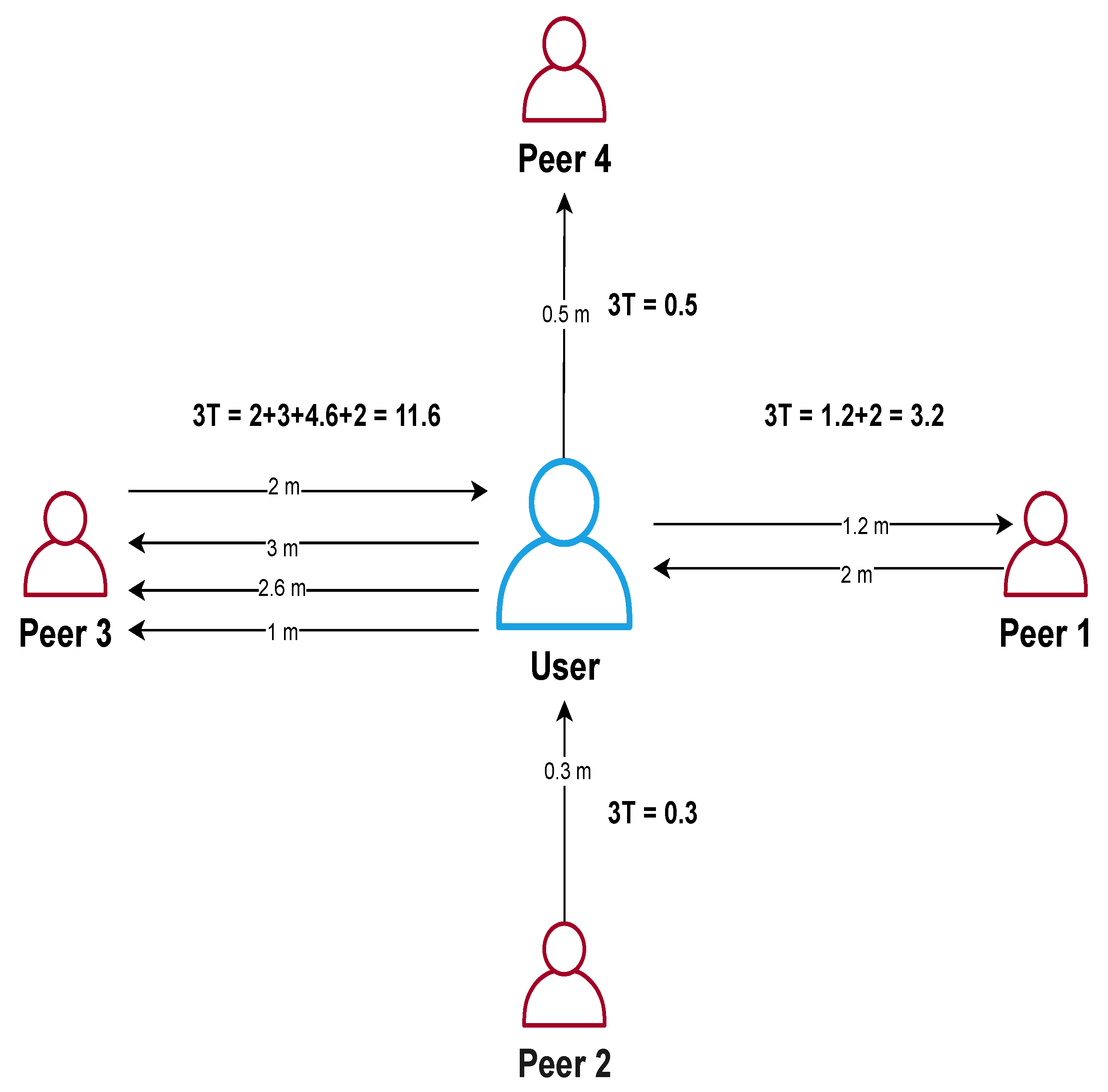Introduction
You have probably gotten a call that looks like any regular number but when you answer it’s a call from the revenue agency looking for you. Spam calls have been a prevelent issue for a long time and they have only gotten sneakier as the time goes. They have even leaked into the internet where the spread has maginified. Just as many systems are trying to prevent these nusiances, it sometimes has problems of false positives (legitimate calls). So how can we catch the spam while letting the legitmate ones pass thorugh?
Research
In 2021, a research was done to examine the patterns that nuisance caller (spam) would perform that differetiates itself from a legitmate call. One example used was an ego networks of a user and its interactions with its peers. It examines the time spent interacting with other callers in a specific 20 minute frame. Values were then distributed based on the number of minutes spent interacting with said calls. Those with higher values were deemed to be trust worthy relationships. As opposed to those with lower and higher out degrees, were more likely to be nusiance calls.
 Another information that was included in the model was a recommendation system where users in the network would give a rating of -1 for untrustworthy and 1 for trustworthy. To ensure that there were as few false positives , it had to fit the requirement that the user had experience with the caller and had only then can deem the caller as untrustworthy.
Another information that was included in the model was a recommendation system where users in the network would give a rating of -1 for untrustworthy and 1 for trustworthy. To ensure that there were as few false positives , it had to fit the requirement that the user had experience with the caller and had only then can deem the caller as untrustworthy.
These are only some of the information needed to fully calculate a reputation score that would accurate differentiate between a legitmate and spam call. Nonetheless the research has concluded that this has some effectiveness to combating the issue.
Conclusion
Social networks can be used to model relationships not only to detect friends but to help differtiate from those that are not. However, just as we develop technical solutions to combat agaisnt them, we as people must also do our part in ensuring we don’t fall for these tricks.
Source
Javed IT, Toumi K, Alharbi F, Margaria T, Crespi N. Detecting Nuisance Calls over Internet Telephony Using Caller Reputation. Electronics. 2021; 10(3):353. https://doi.org/10.3390/electronics10030353
One reply on “Is it a Spam or Legitmate Call ?”
This is super helpful research! I hope to no longer get spam calls one day :’)
I wonder if spam caller victims are more likely to have the same area code. If so, there might also be an increased probability to receive a spam call from the same spam caller as one of your friends if they’ve received that same spam call (because you are likely to live nearer and thus, have same/close area codes).